There are a number of endangered species in Wales, with four of which requiring extra attention. What can we do to help protect our precious wildlife?
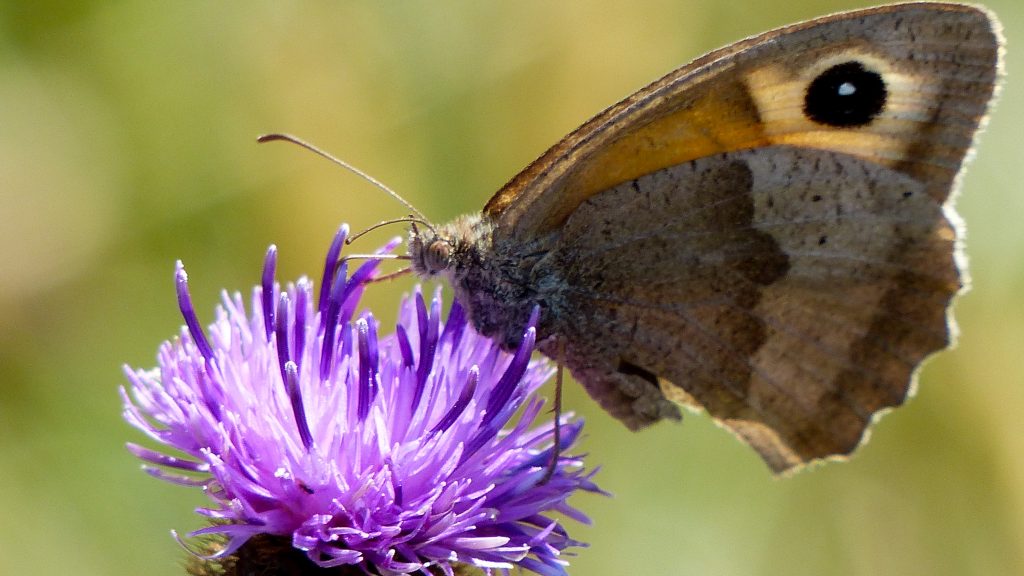
Wales has many qualities, be it rugged landscapes to medieval castles that draw millions of tourists to its shores every year. However, Welsh wildlife is often overlooked by these visitors, and in fact, even locals tend to be slightly blasé about the animals in their backyard. Unfortunately, this disinterest has made it hard to gain support for the protection of Welsh wildlife, and as of 2016, 10% of species in Wales has been assessed as being at risk of extinction.
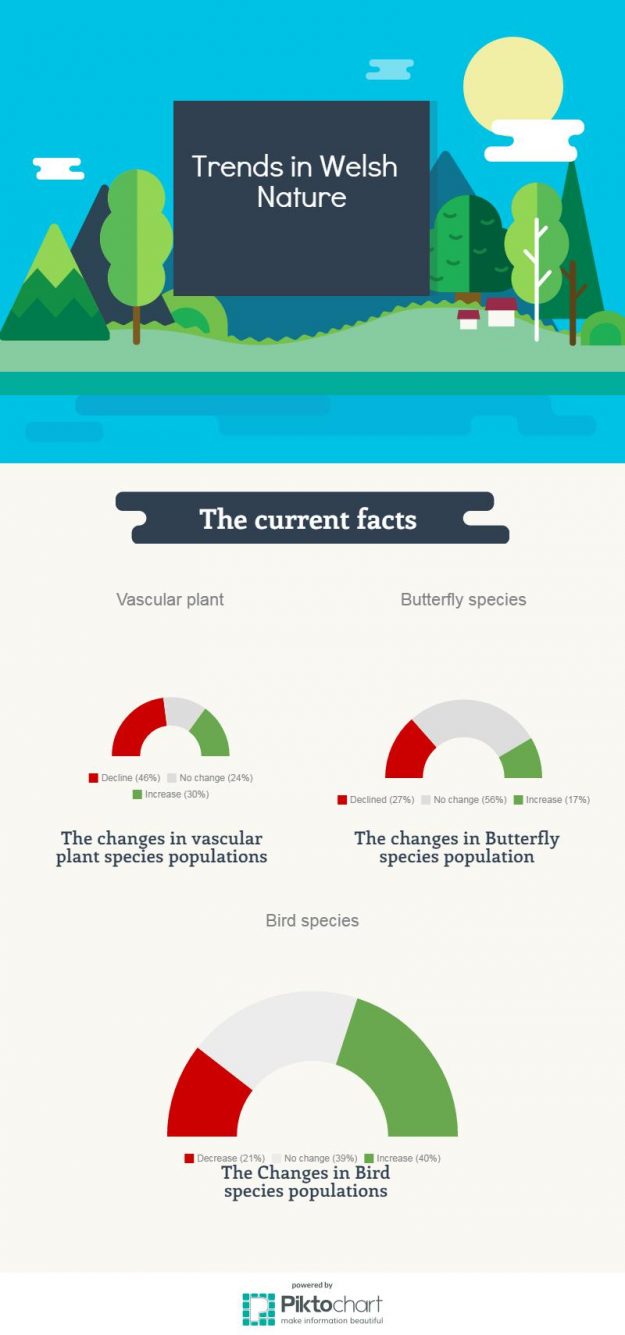
This problem of extinction certainly needs to be addressed as soon as possible. Luckily for Wales, there are a number of fantastic charities, organisations, and individuals that are working tirelessly to help. However, they will need the support of everyone if they are to succeed in combating this loss of wildlife. So, to help raise the awareness, four Welsh species that are deemed to be at risk will be introduced alongside information on what you can do to help. Of course, this list isn’t a comprehensive but just an introduction to the amazing resources available to those that want to help Welsh wildlife. It’s strongly recommend you do some research to find your own favourite endangered species in Wales that you can help protect.
Pearl-bordered Fritillary
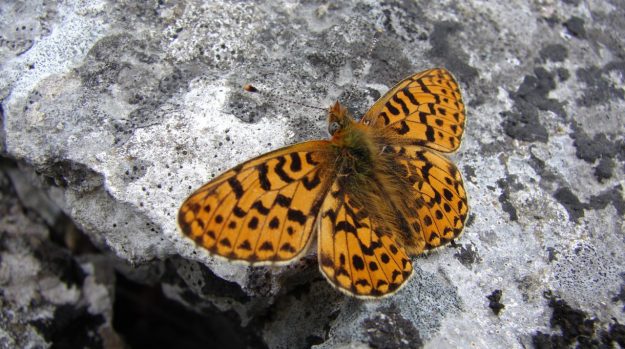
Russel Hobson, who is head of the Wales division of the butterfly conservation organisation, describes this butterfly as a jewel of our insect fauna. Unfortunately, this butterfly has been heavily affected by changes in the management of its traditional habitat, which is flower rich bracken slopes in particular the south Welsh Ffridds. As a result of these changes in its habitat, the range of this once common butterfly has declined by 95% and by 71% in abundance between 1976 and 2014. In Wales, it is now confined to just 10 sites.
However, conservation efforts by Butterfly Conservation, Montgomeryshire Wildlife Trust and National Trust have stabilised the Welsh populations in the last ten years. In fact, recently the butterfly population has begun to show sign of the early stages of recovery. This doesn’t mean that the hard work has been done, significant work is still needed if this recent recovery of the pearl fritllary butterfly is to continue.
For people that have houses in the local area, it is recommended that you fill your garden with local fauna to provide the butterflies with the nectar they need. If you want to do this, more information can be found here. In doing this, you can not only help the pearl fritillary but also all of Wales’ local butterflies.
Remember we asked you to vote to save the Wood White? We didn't win the funding :o( A donation would really help https://t.co/VnV8S7WSDE pic.twitter.com/7mKNVB46DC
— Butterfly Conservation (@savebutterflies) January 12, 2017
Russel Hobson gives this advice if you want to catch site of the Pearl Fritillary Butterfly, early to mid May is best time to see them in some stunning locations. Venture in to the deep valley of Cmw Soden on the Ceredigion coast just south of Newquay. Or take in the views at Eyarth Rocks just south of Ruithin. However, it is a butterfly that likes the sun, so pick your day carefully.
Greater Horseshoe Bat
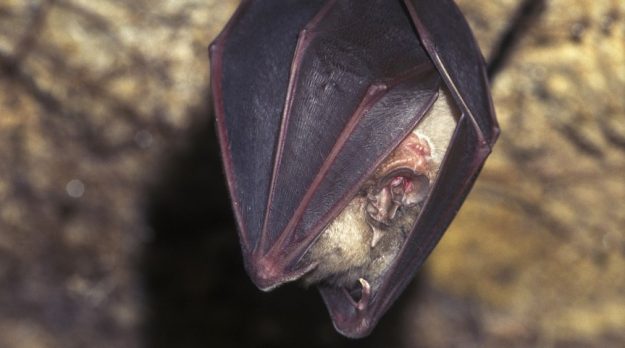
The horseshoe bat is one of the UKs largest bats with a wingspan of 30-35cm and it’s named for its oddly shaped nose. It has an enigmatic echolocation call which can be detected within a reasonable distance. Play the video down below to hear it.
.embed-container { position: relative; padding-bottom: 56.25%; height: 0; overflow: hidden; max-width: 100%; } .embed-container iframe, .embed-container object, .embed-container embed { position: absolute; top: 0; left: 0; width: 100%; height: 100%; }
The horseshoe bat has undergone a major decline over the years due to farmers using bigger farm machinery and more pesticides, herbicides, and fertilisers. This has changed farmed landscapes to the detriment of much of our wildlife. This has left the Greater horseshoe bat limited to south west England and South Wales with as little as 22,000 Horseshoes bats left in Wales.
In Wales, the major population is down in south Pembrokeshire and Newport and together these make up the 2nd largest population in the UK. A bit closer to home, there is a roost in at Ruperra Cardiff. However, as many of these locations are privately owned make sure you do get permission before visiting. To help out with the Horseshoe bat at Ruperra you can contact the Vincent Wildlife Trust (David Jermyn davidjermyn@vwt.org.uk)
Steve Lucas from the bat conservation charity said if students want to get involved, then the best bet is to get in touch with the local bat group and get along to some of their events. You might not see Greater Horseshoes bats, but there are plenty of other bats species including lesser horseshoe bats at St Fagans, and there are all three species of pipistrelle to be head down at the Bay. To get involved with bat conservation in Cardiff, contact Cardiff’s bat group at secretary@cardiffbats.org.uk
Depending on where students are from then they can also get involved in their own local bat group .
You can also follow Bat Conservation Trust on Twitter for the latest news and updates about conservation around the world.
Write to your government representative and help defend the legislation that protects #bats and other #wildlife https://t.co/LbYEGbi9KR pic.twitter.com/8CJusffZb8
— Bat Conservation Trust (@_BCT_) January 7, 2017
Water Vole
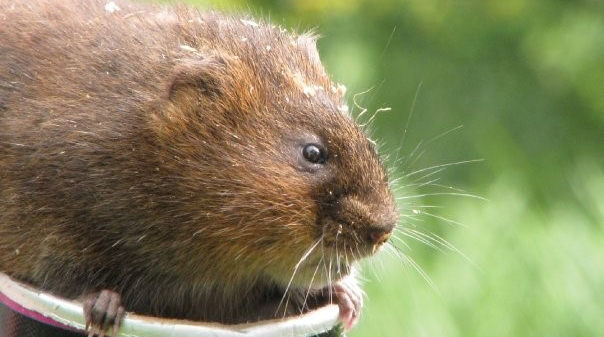
The water vole is the UK’s largest vole and can be distinguished by its blunt snout and small ears.
Darek Gow, a specialist in water vole conservation, said they are also incredibly important for ecosystems as a whole creating small pools and meanders that provide refugia habitats for a host of associated species.
Although water voles can make their home in a large range of habitats from fast flowing upland stream systems and upland mires to languid slower flowing water bodies, major rivers and even estuarine environments. They are still Britain’s fastest declining wild mammal and in the 9 years between 1989 and 1998 their population fell by a staggering 90%.
Wonderful water vole having a fantastic #snackattack #homesfornature #hungry #greatwildlife #rare https://t.co/44aSBBQqyf
— RSPB (@Natures_Voice) November 10, 2015
Due to their rarity, they are incredibly hard to see but if you want to see them your best bet is to head down to the WWT Llanell wetland centre in Carmarthenshire.
Currently, a lot of work is being done to help this species and it seems that it’s beginning to pay off, with populations gradually beginning to stabilise. However, organisations like the Peoples Trust for endangered species still need help, in particular with surveys. Their next survey is taking place in May and you can register to help by clicking here
Red-billed Chough
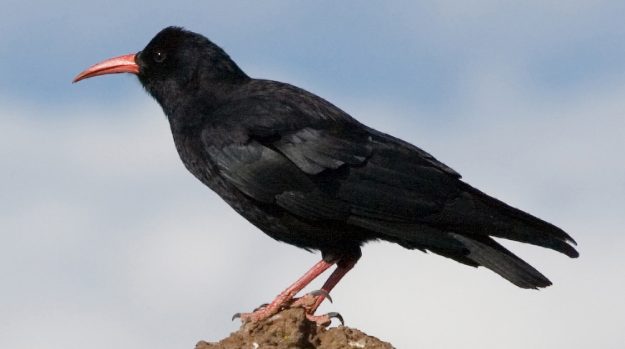
Choughs are a large member of the crow family and are non-migratory and monogamous with pairs often staying in the same place for their whole life. The red billed chough has its own Welsh name, Brân Goesgoch, which literary means red-legged crow. Looking at the above picture, you can see it’s a pretty apt description of what is now the UK’s rarest crow with only a few 100 breading pairs left.
Like previous animals on this list, choughs were once very widespread and made their homes in cliffs and quarries throughout the UK, but changes in livestock management and persecution have left the choughs with only a few strongholds in the west of the British Isles with the largest populations being found in north west Wales making the RSBP South Stack cliff reserve on the Isle of Anglesey one of the best places in the UK to see this endangered animal.
However, Red billed Choughs aren’t the only bird species in Wales that are threatened, the recent report “Birds of Conservation Concern Wales” listed 25% of all Welsh birds species as endangered.
As a result, organisations like the RSPB need a lot of help to protect all bird species. There is a large scale survey being conducted between the 28th and 30th of January, and you can follow the link to receive your free survey kit. As well as this, birds need food all year round so leaving out bird feeders or even making your own can be great help.
To support our #rspb #BigSchoolsBirdWatch comp, we have made some @Gratnells Mini Tray bird feeders. Also fab #WhatInMyTray inspiration too! pic.twitter.com/RHypY7ola5
— Gratnells (@Gratnells) January 10, 2017
.embed-container { position: relative; padding-bottom: 56.25%; height: 0; overflow: hidden; max-width: 100%; } .embed-container iframe, .embed-container object, .embed-container embed { position: absolute; top: 0; left: 0; width: 100%; height: 100%; }
